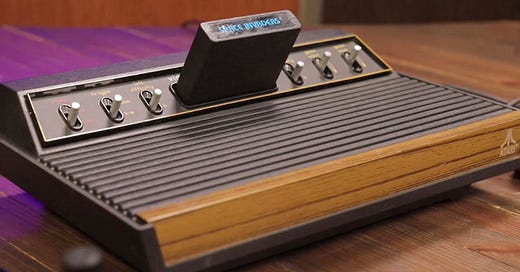Always Be Curious #264: AMD advances AI, Micron's HBM4, and ChatGPT loses to Atari 2600
This week in ABC: AMD's flagship event delivered a strong roadmap, Micron's shipped HBM4 samples ahead of competition, and ChatGPT is a bad chess player
Sup Curious Clan! ✌️
For a few years now, NVIDIA has sat comfortably atop the AI hardware throne, watching data centers worldwide fill with their GPUs like digital gold mines. Their architectures and scalable solutions have simply become the undisputed standard.
But AMD was never too far behind.
At this week’s Advancing AI event, AMD shared its AI chip ro…
Keep reading with a 7-day free trial
Subscribe to Always Be Curious to keep reading this post and get 7 days of free access to the full post archives.



